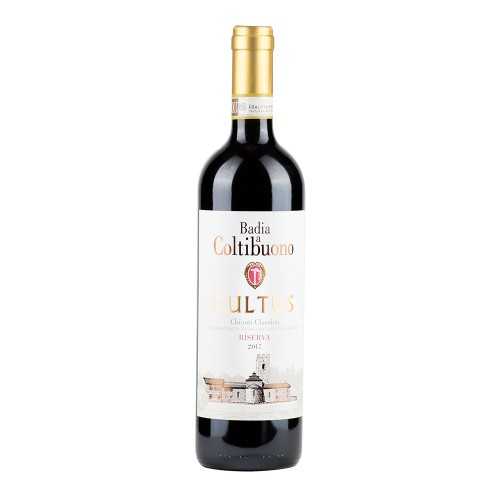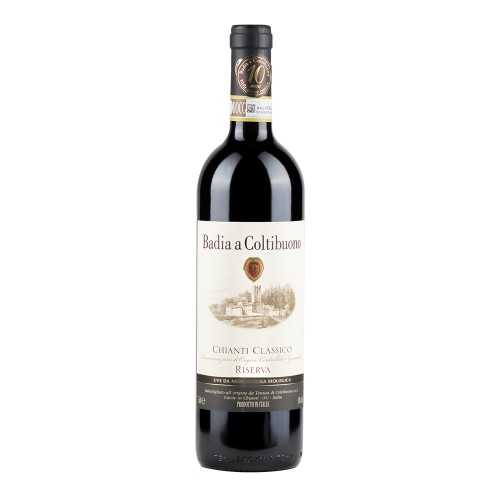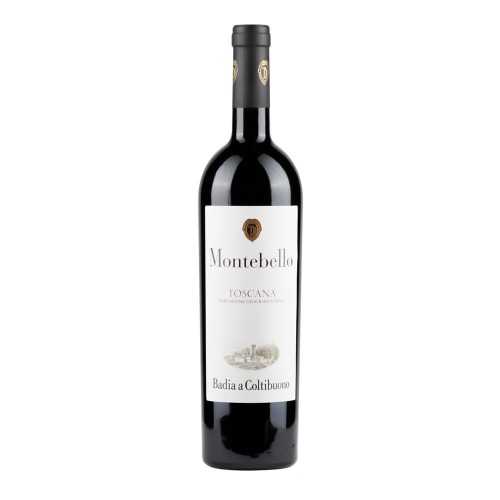- Back
- Offerte
- OUTLET
- Reds
- See more
- See more
- See more
- See more
- WHITES
- see more
- see more
- see more
- SPARKLINGS
- mostra tutto
- DosagePas dosé
Extra Brut
Extra Dry
Brut
Demi sec
Dolce - see more
- see more
- see more
- Liquori e amari
- Rosati
- SPIRITS
- see more
- see more
- Vini aromatizzati
- vini dolci
- Vini liquorosi
- WINE AND...
- Selections
- REGIONS
- PRODUCERS
- WINE PAIRING
- Offers
- OUTLET
- Back
- Offerte
- OUTLET
- Reds
- See more
- See more
- See more
- See more
- WHITES
- see more
- see more
- see more
- SPARKLINGS
- mostra tutto
- DosagePas dosé
Extra Brut
Extra Dry
Brut
Demi sec
Dolce - see more
- see more
- see more
- Liquori e amari
- Rosati
- SPIRITS
- see more
- see more
- Vini aromatizzati
- vini dolci
- Vini liquorosi
- WINE AND...
- Selections
- REGIONS
- PRODUCERS
- WINE PAIRING
- Offers
- OUTLET
List of products by brand Badia a Coltibuono
Badia a Coltibuono
Badia a Coltibuono’s origins date back to the year 1000, its name is evocative of its mission: the good harvest. It was founded as an abbey of the Benedictine monks in 1051 on the top of the mountains that separate the Chianti from the Florentine Valdarno at over 600 meters above sea level in the midst of forests of oaks, chestnuts and firs. The estate includes 900 hectares of land of which 500 are covered by woods. The 63 hectares of current vineyards actually extend lower down to about 350 meters above sea level in the southern part of the township of Gaiole in Chianti, where the soil is rich in limestone clay, which gives fullness and structure to the wines, especially those from Sangiovese.
The Abbey was the object of battles that bloodied Chianti in the Middle Ages and it was Lorenzo the Magnificent who protected it, putting it in the hands of his son Giovanni who took the vows, became Abbot and was later elected Pope Leo X. It was claimed by the Ricasoli after the decline of the Medici. But with the arrival of Napoleon, the assets of the Church were confiscated and put up for auction. After a series of changes in ownership, the Badia was bought by the Florentine banker Guido Giuntini, the ancestor of the Stucchi Prinetti family who still manages it today. The Giuntini family restored the abbey, the farmhouses included in the estate and transformed it into a farm. The Stucchi Prinetti family begins marketing wine nationally and internationally. The first labels of wine bottled with the name of Badia a Coltibuono date back to the 1950s. It has been a success ever since; the old vintages of Chianti Classico Badia a Coltibuono conquered the American market. The wine has shown itself to be of such quality that it brings prestige to the abbey's millennial history and not vice versa. Nowadays brother and sister Roberto and Elisabetta Stucchi Prinetti lead the business.
International varieties have never been planted in Badia a Coltibuono, indeed the heritage of local grape varieties has always been defended, some recovered from oblivion and today are part of a significant label: Montebello. The inspiration is certainly traditionalist, as large barrels are used for wine ageing and only seldom the barriques. Badia a Coltibuono is to be counted among the noble fathers of Chianti Classico and has contributed to enhancing Sangiovese. Its Sangioveto label was one of the first pure Sangiovese wines to come out of the Chianti Classico appellation and sold as a mere table wine: one of those wines for which the term "Super Tuscan" was coined. The winery has converted to organic farming and its wines still maintain a traditional and above all uncontaminated, pure style. There is almost a search for essentiality, without sacrificing structure and complexity. The labels of Chianti Classico Badia a Coltibuono are always reliable and characteristic.







